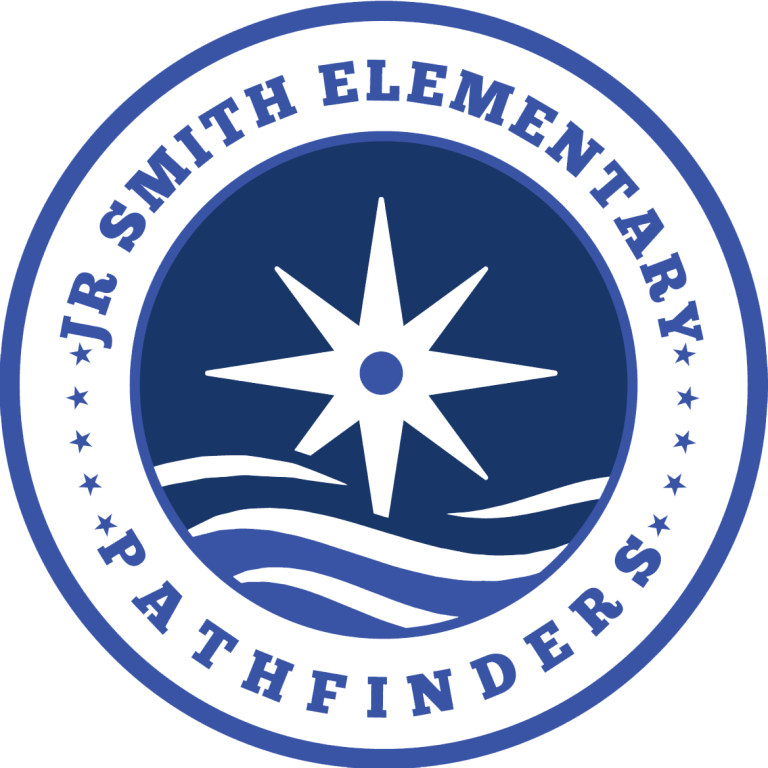Welcome to the UBI page. Have you ever wondered what the school behavior plan is? You've come to the right place.
Table of Contents
Each term, the behavior team plans a school-wide incentive for students who are demonstrating positive behavior. Usually, we use brown bucks. A brown buck is a piece of paper that any adult can give any student for showing safe, kind, or responsible behavior. The student writes his/her name on the brown buck and puts it in a container in their teacher’s classroom.
Prizes are given each term to students who have received brown bucks. Each term is a different incentive. In some terms, we may do a prize patrol and draw out brown bucks in each teacher’s classroom for prizes. In some terms, the class may receive a prize for getting a certain number of brown bucks. One term the student drawn may get to spin a wheel for a prize, etc…
All the leftover brown bucks are collected for a school-wide prize drawing done at the end of the year.
The behavior team is made up of a teacher from each grade level and the school counselor. They meet once a month or more often as needed to go over school-wide behavior, review SWIS data, and plan incentives for positive behavior.
J.R. Smith School Motto, Mission, and Rules
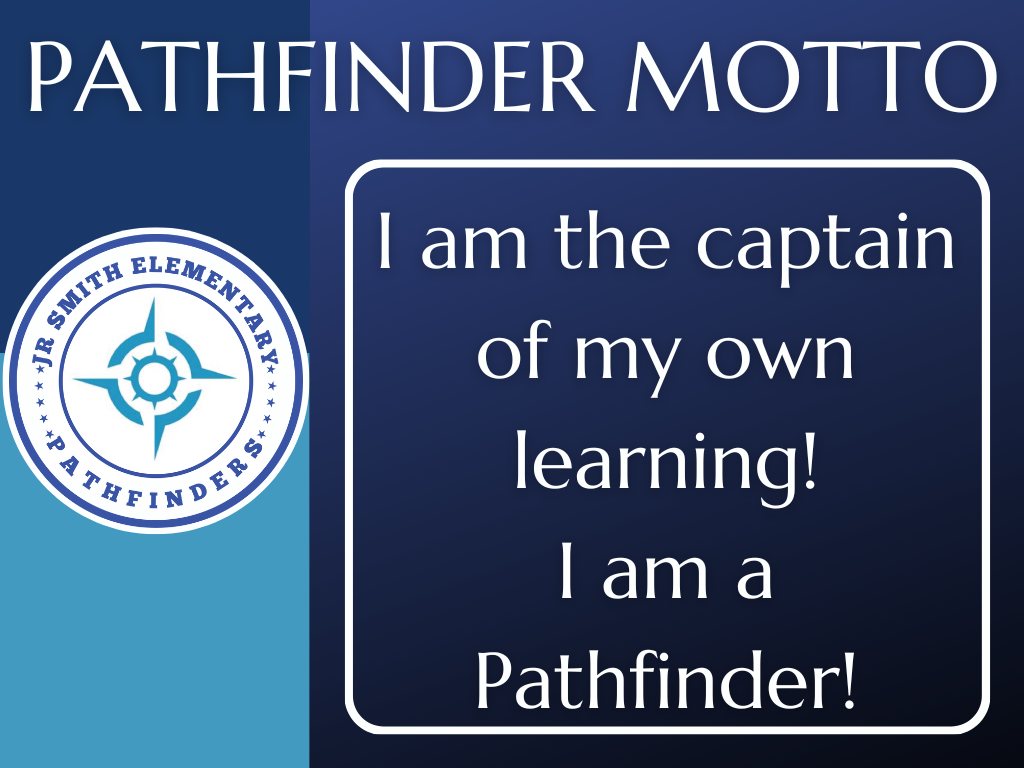
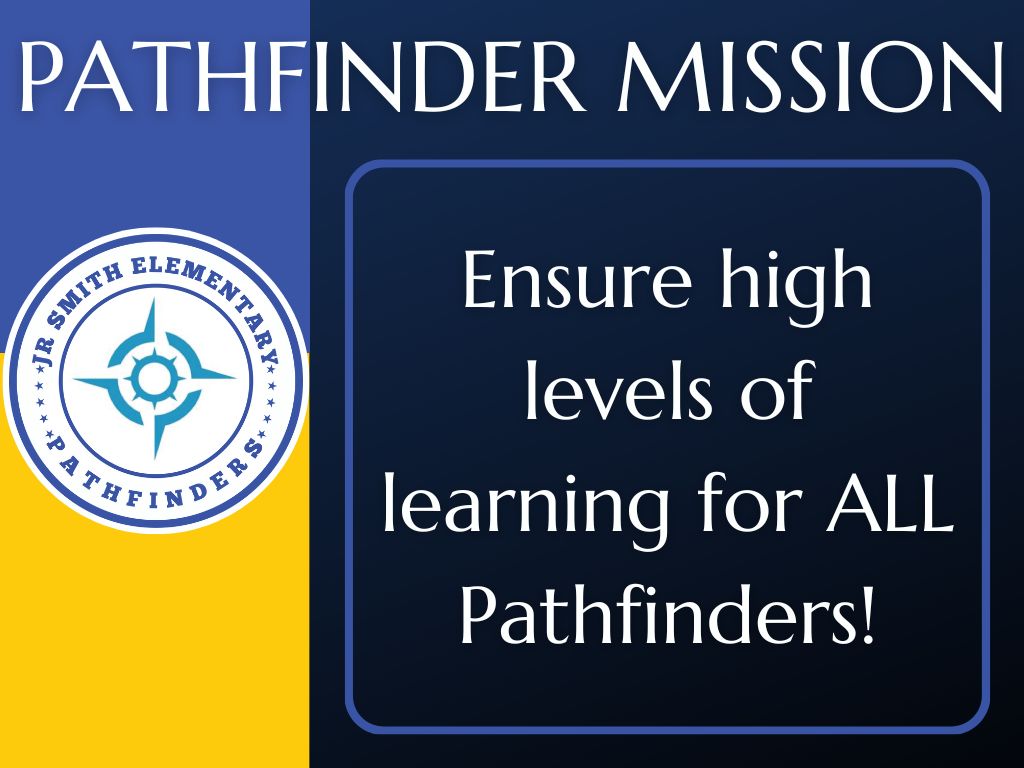
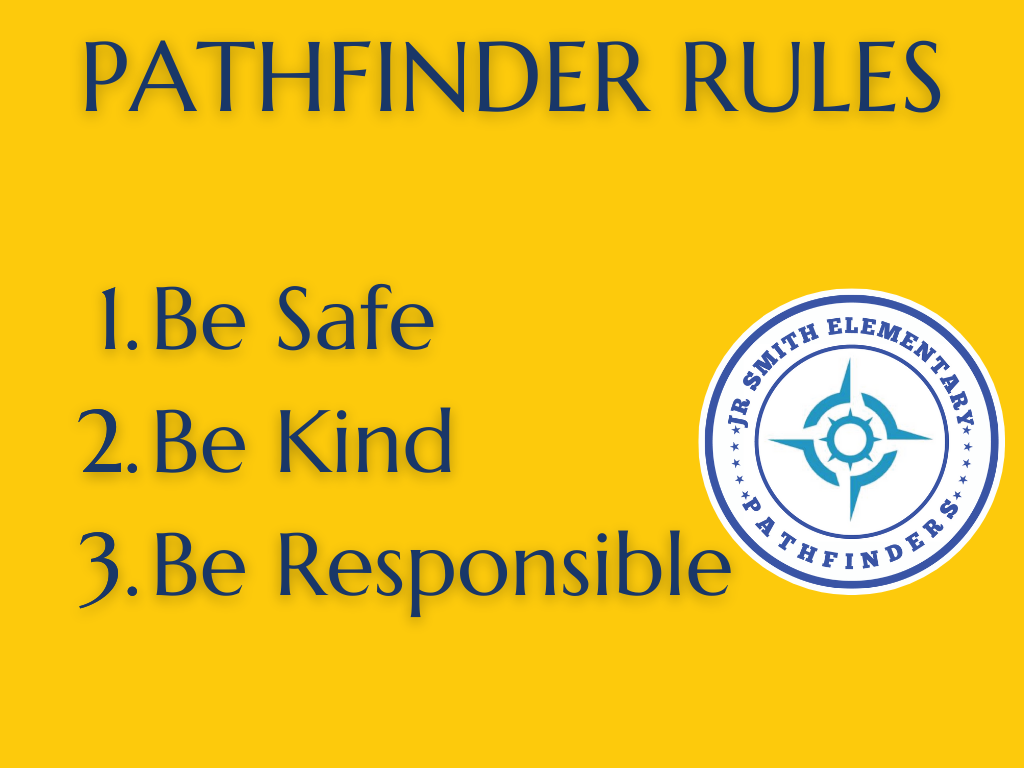
* School rules apply to all before and after school activities.
Positive Behavior Incentives Program
J.R. Smith Behavior Team
Each term, the behavior team plans a school-wide incentive for students who are demonstrating positive behavior. Usually, we use brown bucks. A brown buck is a piece of paper that any adult can give any student for showing safe, kind, or responsible behavior. The student writes his/her name on the brown buck and puts it in a container in their teacher’s classroom.
Prizes are given each term to students who have received brown bucks. Each term is a different incentive. In some terms, we may do a prize patrol and draw out brown bucks in each teacher’s classroom for prizes. In some terms, the class may receive a prize for getting a certain number of brown bucks. One term the student drawn may get to spin a wheel for a prize, etc…
All the leftover brown bucks are collected for a school-wide prize drawing done at the end of the year.
The behavior team is made up of a teacher from each grade level and the school counselor. They meet once a month or more often as needed to go over school-wide behavior, review SWIS data, and plan incentives for positive behavior.
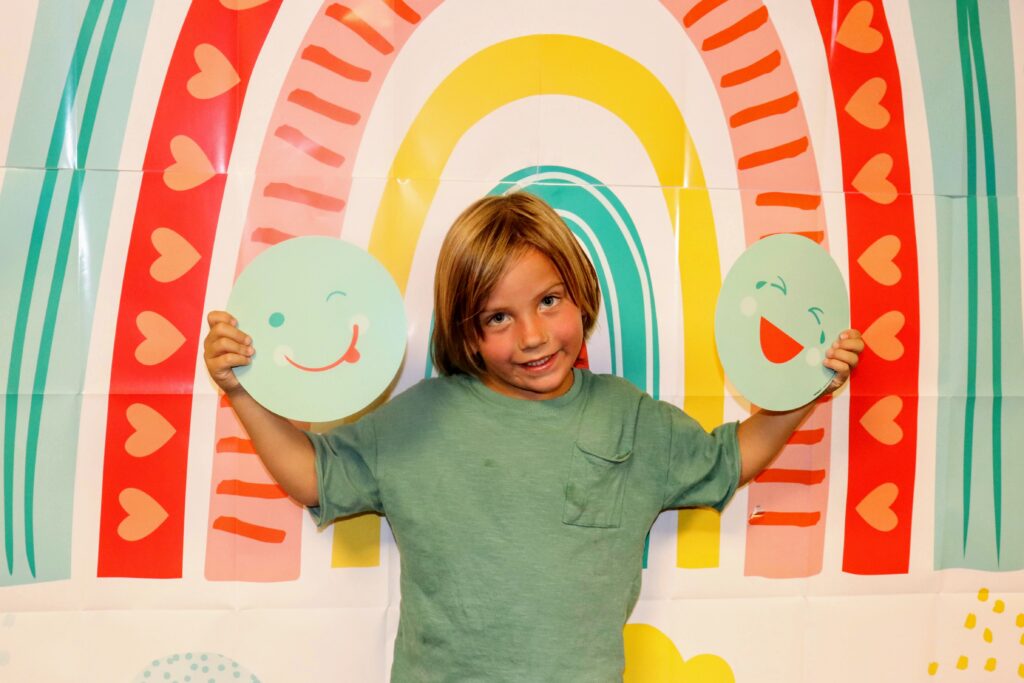
Think Time
Philosophy
We believe that all students deserve a positive educational environment for academic and social growth. The use of Think Time is not the only response to disruptive behavior. It is used in conjunction with other strategies to ensure a safe and positive learning environment for all students.
Classroom Rules
Rules and Procedures must be established and posted in each classroom. Rules are based upon the school motto; be safe, be kind and be responsible. Individual teachers will add specific rules and procedures which may be called for in their classrooms. All rules and procedures are taught and practiced so that students know what the rules look like and sound like.
Warnings/Precision Commands
If a student violates a classroom rule, a precision command should be used. The communication by the teacher is limited, unemotional, and matter-of-fact.
Example: The teacher states:
- First Warning: Johnny, return to your seat (whatever is appropriate for the misbehavior)
- Second Warning: Johnny, second warning. YOU NEED TO sit down in your seat.
- Third Warning: Johnny, you are still out of your seat. Take a Think Time in (designated area)
Use of Other Consequences
The use of Think Time is not viewed as the only response to disruptive behavior. We use it with flexibility and other school and classroom strategies (proximity control, eye contact, colored cards, etc.) and consequences. Think Time is a powerful enough response to most minor disruptive behaviors. However, additional contingencies such as principal intervention, parent contacts, counseling, and behavioral unit referrals are established in the case of chronic disruptive behavior or challenging behavior. Other consequences might include missing special assemblies and/or activities.
Structured Recess
The school administration may require a student to do structured recess for a certain number of days. That student will report to Mrs. Davis (school counselor) or Mrs. Park (PE teacher) during lunch recess to help with a designated “inclusion game.” The administration will let the student and the teacher know how many and which days the student is required to attend. During the inclusion game, the student can practice social skills that may be needed to correct the problem behavior.
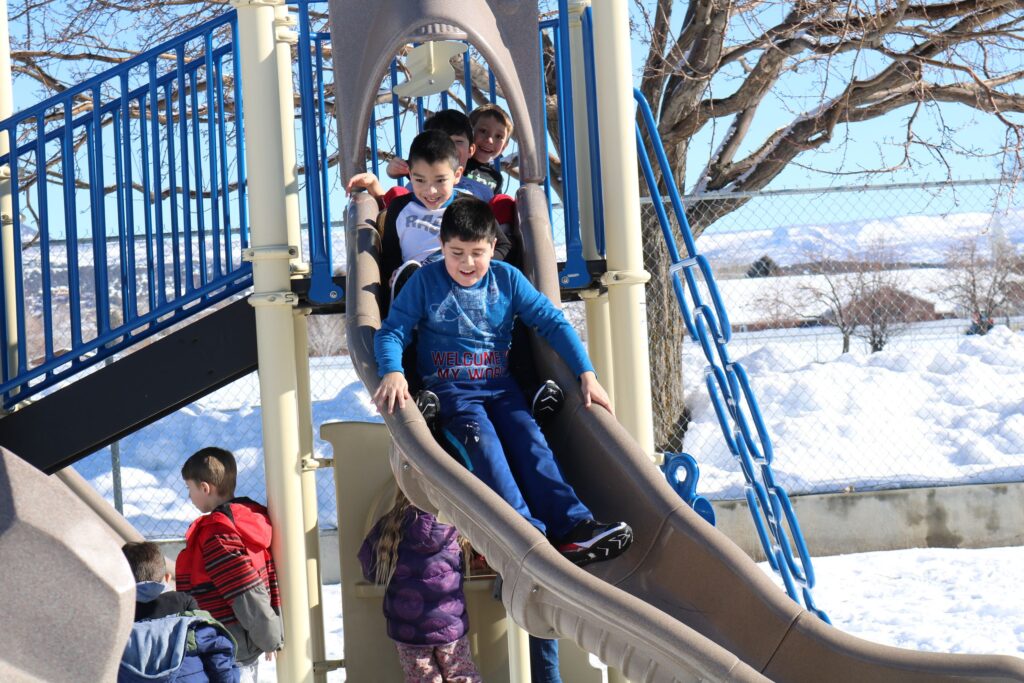
Major / Minor Rule Violations
*Minor violations are taken care of by the teacher/staff member. Major violations are referred to the office for Mr. Brown to handle.
Major Offense - Lunch Detention
Minor Offense - Prompts/Re-teach/Think Time
- Fighting
- Sexual/racial words
- Bullying
- Threats
- Weapons
- Illegal substances
- Vandalism
- Defiance
- Obscenities
- Stealing
- Consistent minor behavior
- Dangerous Playground games
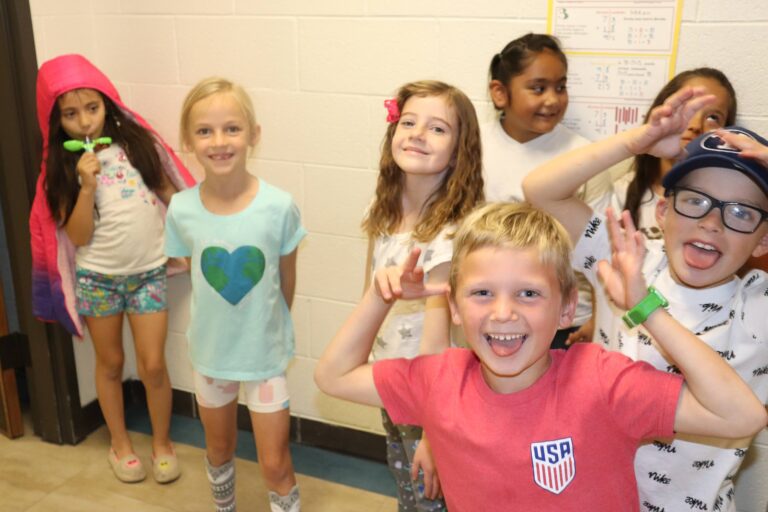
- Talking Out
- Off task
- Pushing
- Arguing
- Dress code/Heelies
- Gum chewing
- Toys in the classroom
- Hats
- Electronic devices- toys, phones, etc.
- Throwing paper
- Minor Vandalism
- Disturbing the projects hung in halls
- Cheating
- Lying
- Inappropriate noises
- Balls on roof of school
- Disturbing classes (knocking on doors or windows, loud in hallways)
- Snowballs
J.R. Smith Elementary School Rules
| Environment | Safe | Kind | Responsible |
|---|---|---|---|
| Playground | Follow game rules, *Play with & use equipment appropriately, *Stay within designated boundaries, *Report unsafe people or equipment | Play fairly & include everyone, *Share equipment, *Use appropriate & friendly language, *Keep hands & feet to self, *Use respectful tone of voice, *Be respectful to adults | Follow adult directions, *Put equipment away, *Keep toys & food in the classroom, *Respond to the whistle |
| Hallways & Breezeways | Walk facing forward, *Walk on the right, *Keep line straight, *Let others pass | Use inside-silent voices & feet, *Use appropriate & friendly language, *Hold door for person behind you, *Keep hands & feet to self | Follow adult directions, *Go straight to where you are going, *Respect displays in hallways, *Stay together as a class |
| Assemblies & Kivas | Walk & sit facing forward, *Keep space between you and others, *Teachers stay with class | Enter & exit silently, *Be silent during presentation, *Keep hands & feet to self, *Be a good audience | Follow adult directions, *Listen to presenter, *Wait to be dismissed |
| Cafeteria | Walk quietly, *Carry tray with two hands, *Use utensils appropriately, *Eat your own food, *Face table, feet on floor, bottom on bench, *Put P.E. equipment in box | Use appropriate & friendly language, *Stay in line & wait patiently, *Keep hands & feet to self, *Use respectful tone of voice, *Be respectful to adults | Follow adult directions, *Ignore inappropriate behaviors, *Raise hand for help, *Eat politely, *Leave your area clean, *Wait to be excused |
| Bathrooms | Get permission to use bathroom, *Use toilet, sink, and urinals appropriately | Respect others privacy, *Use inside voice | Flush, wash, & leave, *Use towels & toilet paper responsibly, *Leave bathroom area clean & dry |
| Gym | Follow adult directions, *Follow game rules, *Play with & use equipment appropriately, *Report unsafe people or equipment | Keep hands & feet to self, *Share & take turns, *Use appropriate & friendly language, *Encourage others | Use equipment/materials responsibly, *Follow adult directions, *Clean up after yourself, *Put materials away |
| Library | Follow adult directions, *Walk in the library | Keep hands & feet to self, *Share & take turns, *Use appropriate & friendly language, *Be respectful to adults, *Use inside voice | Treat books with TLC , *Return Books on Time, *Clean up after yourself, *Put materials away in the proper place, *Act appropriately in line |
| Inside Recess | Follow game rules, *Use materials appropriately, *Stay in the classroom, *Walk in classroom | Play fairly & include everyone, *Share & use materials appropriately, *Use appropriate & friendly language, *Keep hands & feet to self, *Use respectful tone of voice | Follow adult directions, *Put materials away, *Get permission to leave classroom, *Respond to adult signals |
| Arrival & Dismissal | Stay on sidewalks, *Use crosswalks, *Walk bikes across crosswalks, *Keep hands & feet to self, *Walk straight to where you are expected before and after school Load and unload in the Yellow Zone | Use appropriate & friendly language, *Hold door for person behind you, *Keep hands & feet to self, *Listen for your name | Follow adult directions, *Use bikes, skateboards, scooters, heelies etc. responsibly on and off school property, *Sit and study or read when waiting inside, *Play safely when waiting outside |
Lunch Detention
If a student receives THREE Think Times in a given period of time, the student receives a Lunch Detention. Parents are notified whenever a student is assigned to a Lunch Detention. The child picks up his lunch tray and reports to the classroom of the teacher in charge of the lunch detention for the day where the teacher is waiting for him. The student has 10 minutes to eat the lunch after which time the tray is removed. The student is then asked to sit quietly in his/her chair for the remaining 30 minutes of the lunch hour. The teacher may just sit at his desk and work. The teacher does not need to remind the students to be good or to sit quietly. If a student misbehaves, the teacher should just ignore the student’s behavior. After the 30 minutes, the teacher responds in one of two ways:
- Successful completion of Lunch Detention: You may take your tray back to the lunchroom, and I invite you to go outside and play during lunch recess tomorrow.
- Unsuccessful Lunch Detention: (Student has talked, played around, or has not followed directions in some way) I noticed that you were talking (or whatever the action was). I respect your request to return to Lunch Detention again tomorrow.
Lunch Detention
Consistency School-Wide
When Think Time Does Not Work
Students on IEPs
Some behaviors should not go through the regular Think Time process but should receive an immediate Lunch Detention. Bullying, hurting another student in any way, fighting, and other serious offenses will not be tolerated. Students engaging in such behaviors will be referred to the principal.
Staff, other than the classroom teacher, may give Think Time to any student. Forms are provided for all staff members to refer students other than their own for Think Time or Lunch Detention as needed. The completed form can then be placed in the classroom teacher’s box for follow-through. This is especially helpful for recess aides, lunchroom aides, and other staff members throughout the building. We need to make sure the aides are trained properly.
For most students, Think Time will be successful. When Think Time does not seem to work, teachers may consider working with the UBI team or grade level team to determine other strategies or interventions that will be successful or modifications to the Think Time system that will work. The principal, counselor, and special-ed teacher may be asked to meet with the team. If necessary, a referral for an evaluation by the special education team may be completed. If a student is going to Think Time repeatedly, and the frequent misbehaviors are not diminishing, the data will tell you that the intervention is not working.
Guidelines must be followed for behavior items listed in the IEP. Teachers must consider a student’s disabilities when planning consequences and programs and appropriate accommodations and modifications should be made as needed. If a student learns slowly, is autistic and socially unaware, or has ADHD, the teacher should make accommodations. This may include very specific warnings, more cognitive processing time, more basic discussion of the offense, direct teaching of appropriate replacement behaviors, or shorter time in Think Time. It is essential to consult with your special education team to ensure that Think Time procedures are adapted as needed for any students on an IEP. EP students may have Think Times in the resource area under the supervision of the special-ed teacher.
